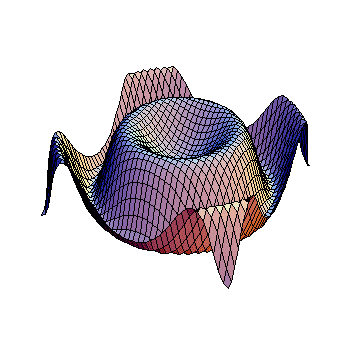What is a logarithmic model?
1 Answer
A logarithmic model is a model that measures the magnitude of the thing it's measuring. It can also be seen as the inverse of an exponential model.
Explanation:
For example, exponential growth is very common in nature for things like radioactivity, bacterial growth, etc., being written as
So if wanted to know how much time passed based on the amount there is, we'd have a logarithmic model.
However, the bigger use of logarithmic models are when the thing you're measuring can go from things being very small to very big. For example, two common scales used are the Bell scale for sound intensity and the pH scale for acidity.
These values, before undergoing the logarithmic treatment usually range from
With logs, the values range from
Logarithmic models often have these formulas
Where
But since we can work with values up to
And last but not least, anything that's p something, is usually a logarithmic scale.

